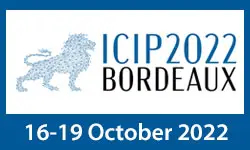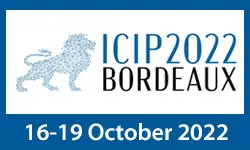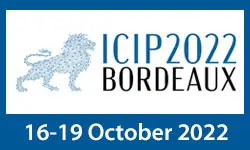Efficient Cnn-Based Super Resolution Algorithms For Mmwave Mobile Radar Imaging
Christos Vasileiou, Josiah Smith, Shiva Shankar Thiagarajan, Matthew Nigh, Yiorgos Makris, Murat Torlak
-
Members: FreeSPS
IEEE Members: $11.00
Non-members: $15.00Length: 00:11:21
17 Oct 2022
The approach described in this paper uses the potential of deep convolutional neural networks (DCNN), pre-trained to recognize images, to classify dynamic gestures. For this purpose, the sequences of articulated human poses, obtained with RGB-D imaging devices, and called skeletons, are replaced by space-time images. Since such images, observed by humans, do not have a clear physical interpretation, they are called pseudo-images. This paper reviews the existing mapping techniques and proposes a new one called Differential Pseudo-Image (DPI). The developed method is compared with approaches using other types of pseudo-images and with other methods of recognizing human actions available in the literature. It turns out, that for the Polish Sign Language (PSL) dataset and the publicly available UTD Multimodal Human Action Dataset (UTD-MHAD), DPI outperforms other forms of mapping the skeleton sequence, and the method based on pseudo-images and convolutional neural networks has the potential that justifies further research in this direction.



